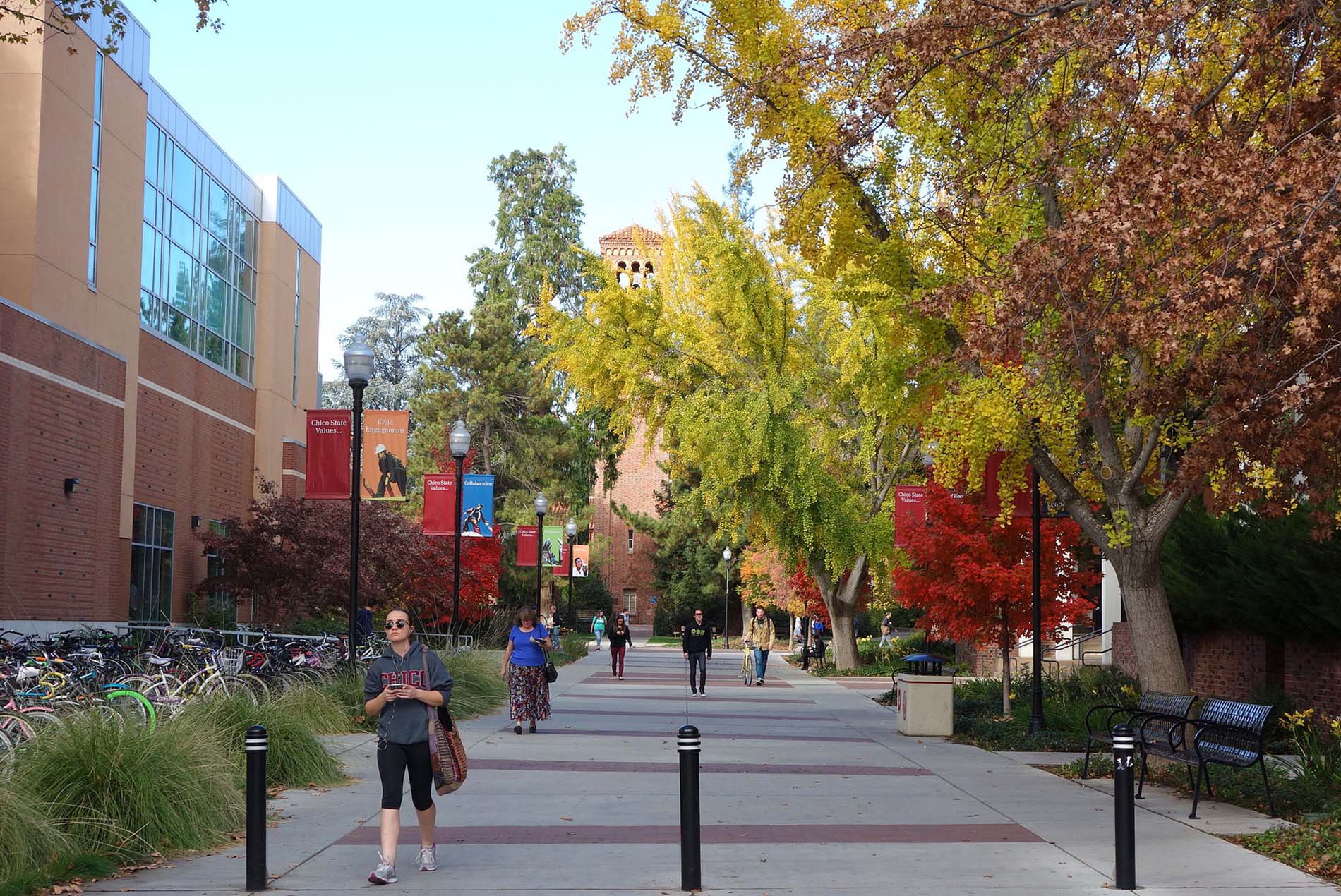If California were a country, it would have the world’s fifth-largest economy (behind Germany but ahead of India).
A key driver to the state’s economy is its public education system. With more than 481,000 enrolled students and over 53,000 faculty and staff across 23 campuses, the California State University (CSU) is the largest, most affordable four-year public university system in the U.S. It’s also one of the most diverse: racially, ethnically and economically.
Forecasts indicate the state’s workforce will continue evolving toward a knowledge-based economy. To prepare for this transition, the California State Legislature commissioned a comprehensive examination of how the CSU could best align higher education with projected needs.
The CSU retained a multidisciplinary team led by HOK (management, planning, analytics, sustainability and implementation), HR&A Advisors (enrollment and workforce, operating costs and implementation) and mode associates (academic planning) to perform this first-of-its-kind study.
Big Questions
The team explored a complex web of economic, sociodemographic and physical criteria. The process sought to provide data and analyses to address questions like:
- Would the existing and planned physical capacity of the CSU’s facilities address current and projected demands for statewide enrollment?
- How could the CSU better align its degree programs with California’s projected workforce needs?
- What was the potential for a 24th campus in the five cities or counties identified by the state legislature: Chula Vista, Concord, Palm Desert, San Mateo County or San Joaquin County (Stockton)?
- How could expansion opportunities address equitable access to education across the state?
Space Planning Tool
To evaluate land area requirements, density scenarios and specific program needs for existing and potential new campuses, HOK developed a digital space planning tool that incorporated factors for:
- Occupied spaces including academic/instructional, general administration, commons, auditoria and performance, student recreation and wellness, residential life and housing, and central plant and facilities support.
- Non-occupied spaces such as land areas, infrastructure and open spaces.
- Parking requirements.
Community Outreach
In addition to analyzing available data, the team led focused outreach efforts with stakeholders in all five regions being considered for a new campus. This engagement included full-day meetings with city and county leaders, representatives of community interest groups and other local stakeholders.
Report
Submitted to the California State Legislature in July 2020, the data-driven report presents a detailed and nuanced overview of the challenges involved with planning a healthy and sustainable future for higher education across the state.
The data showed that the master plans of the CSU’s 23 existing campuses could accommodate anticipated enrollment demand through 2035. Yet because the funding for the plans was not yet secured, the report indicated that the Legislature may elect to support expansion in one or more of the evaluated locations. In addition to enrollment demand, this decision would take into consideration factors such as providing equitable access to underrepresented students and aligning academic programs with workforce demand.
Replicable Process
The team’s research findings and potential outcomes were specific to higher education in California. The complex, multifaceted study was intended to help lawmakers and CSU leaders make informed decisions for the university.
The comprehensive process developed by the team would be valuable for any institution—be it another university system, healthcare system, company or government entity—considering strategic growth across a wide portfolio of offerings.
The CSU, Chico photo by Daderot – Own work, CC0
